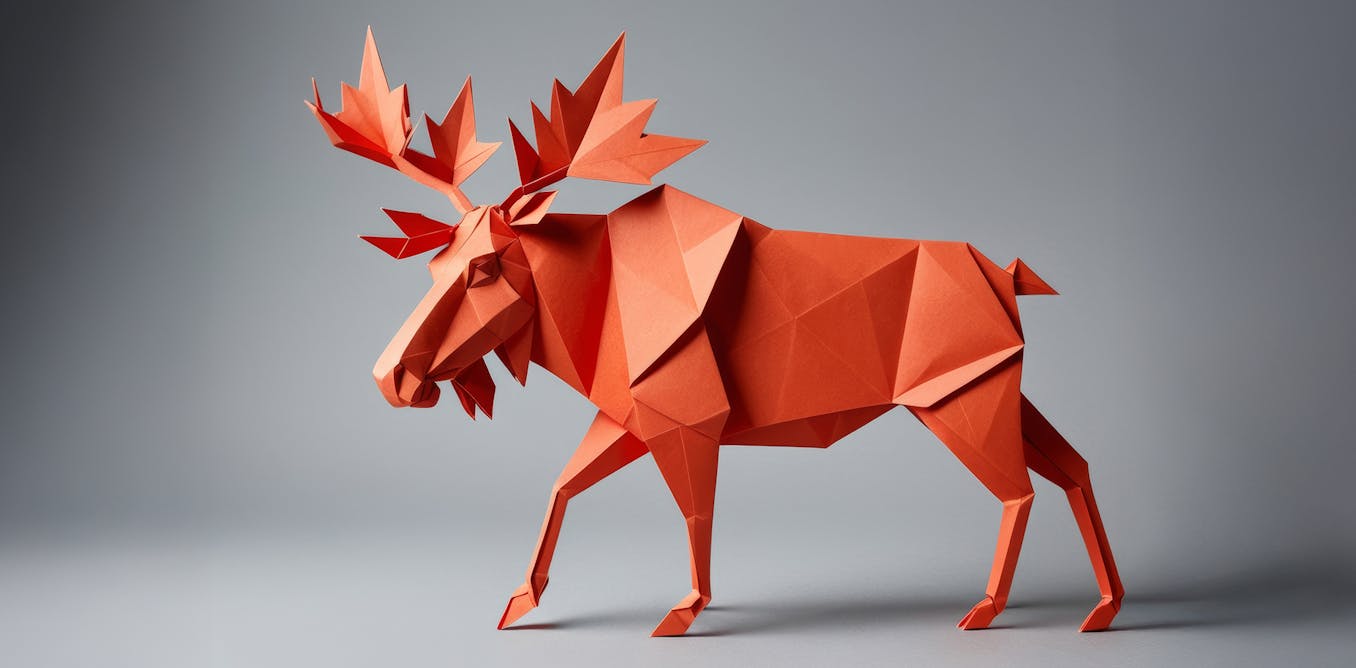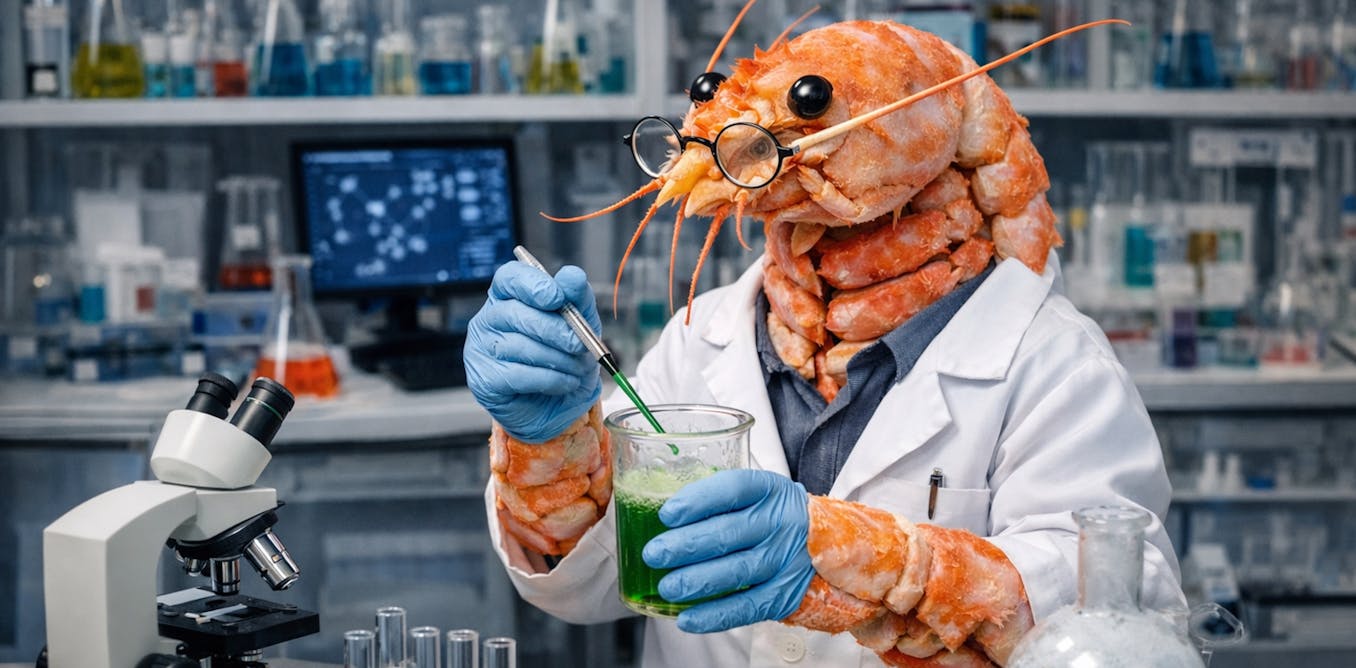Scientists are constantly making groundbreaking discoveries that challenge our understanding of the world we live in. A recent video titled “Scientists Just Dropped A Camera In The Deepest Hole In Antarctica & Found A Terrifying Secret” sheds light on a new and unexpected finding in the icy continent. While studying the effects of climate change on Antarctica’s melting ice shelf, researchers stumbled upon a hidden world beneath the surface.
Using a video camera to explore beneath the Antarctic ice sheet, scientists were shocked to discover a shrimp-like creature and a jellyfish peacefully coexisting in the frigid environment. This revelation defied their initial expectations of only finding microscopic organisms in such harsh conditions. The discovery of complex life forms thriving under 600 feet of Antarctic ice opens up new possibilities and challenges our understanding of life’s adaptability.
This unexpected finding not only adds to our knowledge of the ecosystems under the ice shelves but also highlights the interconnectedness of life on Earth. The presence of these creatures sparks curiosity and prompts further exploration to uncover more mysteries hidden in the depths of Antarctica. As scientists continue to unravel the secrets of this hidden world, we are reminded of the vastness and complexity of life in even the most extreme environments.
Watch the video by Futurize
Video Transcript
So a new discovery in Antarctica researchers find New Life under an ice shelf and the discovery was an accident below Antarctica’s ice away from the Lively penguins and attractions for tourists lies a cold seemingly lifeless world but as scientists have traveled further into the land they have once
Again found something that has blown everybody away researchers have now identified a shrimp-like creature and a jellyfish happily living beneath a massive antarctic ice sheet the presence of these creatures in an environment thought to be devoid of life has no doubt puzzled scientists with the camera
Hits it so the camera writes itself and then it reveals life join us as we explore the terrifying secret scientists found after dropping a camera in the deepest hole in Antarctica an unusual visitor several hundred feet below the ice where sunlight rarely reaches scientists initially assumed that only minuscule microbes could exist
But then a NASA team found themselves taken AB back when they opted to peer beneath the Antarctic ice sheet using a video camera much to their Delight a shrimp-like creature entered the frame calmly positioning itself on the camera’s cable adding to the surprise scientists also hauled up a tentacle
Suspected to belong to a foot long jellyfish a hidden world was discovered under the outer edges of the Ross ice shelf the biggest floating ice chunk globally in Antarctica this happened during a research project that aimed to understand how climate change is affecting the melting ice shelf and its
Ecosystems the scientists saw a Groove in the ice shelf in satellite images close to where it meets the land and thought it might be a secret underwater area experts have been predicting the existence of rivers and lakes under the Antarctic ice for a while but nobody has
Checked them out yet when the team realized it was a Subterranean River they went to Antarctica and drilled down 1,640 ft below the ice using a special hot water drill system from the Victoria University of Wellington once they reached the hidden Cavern they sent a camera down at first everything looked
Blurry no one could make out what they were seeing but when they adjusted the camera Focus they found out it was actually living crustations this exciting discovery not only adds new info about what’s under the ice shelves but also shows how climate change affects Antarctica the researchers are planning more
Exploration to learn more about the cool ecosystems in The Secret subglacial World helping us understand how ice water and life work together in this extreme place not only that but this unexpected turn of events defied the scientists initial expectations the newly discovered creature may be significant instead of encountering only
Microbes which was what the scientists expected to see they were introduced to A 3-in long orange Critter scientifically classified as aysan acid amphipod this is essentially a distant relative to shrimp NASA scientist Robert bin shedler expressed how shocked he was by this finding in an interview
According to him and his team they went into the area thinking nothing would be there but what they found was a shrimp that almost looked like the ones people usually eat the implications of this newfound discovery extend beyond just the icy land of Antarctica though this finding prompts scientists to reconsider
Their understanding of life’s potential in challenging environments if shrimp-like creatures can Thrive under 600 ft of Antarctic Ice could similar surprises await in other harsh locations such as Jupiter’s Frozen Moon Europa as experts explore exactly what more could be in store for them after this Revelation the Unseen videos of the
Species Pro to be way more important than they thought they would be now those videos stand as evidence that clearly shows the reshaping of scientists understanding of life’s adaptability and seemingly inhospitable conditions this breakthrough not only Sparks fresh curiosity but also CS the scientific Community to embark on a
Journey of exploration the research just doesn’t stop at finding the species but it continues into exploring their living conditions and finding out where they came from unraveling more mysteries in addition to finding the amphipods the research team noticed something interesting about the water under the Antarctic ice shelf they saw that the
Water split into four to five separate layers each flowing in different directions this happens because water often forms distinct layers that don’t mix easily mainly because of differences in temperature and saltiness since the Antarctic Ice shelves float water is always moving underneath them going in
And out of the open ocean some of these water layers are warm and can make the ice shelves Melt while experts were checking out the underwater river they were also aware that a big event in recent years must have influenced the waters the event that they were
Referring to was the one where the hunga Tonga hunga haai volcano in the South Pacific erupted between late December 2021 and mid January 2022 causing a tsunami the scientists noticed changes in pressure in underground space because of this distant volcanic eruption for the researchers on site it was beyond a
Amazing to see the impact of the tongen volcano which erupted thousands of kilometers away this event also quite clearly served as a reminder of how everything on our planet is connected the fact that something happening so far away could affect conditions under the Antarctic ice shelf shows just how
Everything on Earth is linked on top of this microbiologist cenan Ellis Evans from the British Antarctic Survey found the discovery of the species particularly fascinating he is considering it a significant step for the subglacial environment due to to its Advanced nature he noted that while there have been somewhat similar
Findings of complex life in retreating ice shelves this is the first time such a discovery has been made directly beneath the ice Ellis Evans suggested the creatures might have come from far away and don’t live there permanently however biologist Stacy Kim a co-author of the study disagreed she pointed out
That the West Antarctica site is about 12 miles from Open Seas making it unlikely for these Critters to have swam from far away and randomly end up in that small areaa discovered during the exploration despite this scientists are puzzled about what these creatures eat while some tiny creatures can make their
Own food from chemicals in the ocean more complex ones like the amphipod can’t do that the big question now is how these creatures manage to survive in a place where it’s not clear what they eat according to Kim it’s pretty amazing when you find a huge puzzle like that on
A planet where we thought we knew everything this mystery not only challenges what scientists thought they knew but also opens up new areas to explore showing that there’s much we still don’t understand about life in unique environments that’s not to say that the area experts were exploring in the
Antarctic has not been home to more discoveries in the past thriving life in polar Waters discovering amphipods and other marine life in Antarctic Waters is actually quite common the ocean circulation system brings warm nutrient-rich water to the Antarctic continent sustaining life even during the cold dark winter when the Larsen B
Ice shelf collapsed in 2002 scientists found clams and bacterial mats massive groups of bacteria half a mile beneath the ocean surface even though Antarctic waters are extremely chilly around – 1.8 to 1° C on average they’re bustling with life biologist Peter weeby from The Woods Hole oceanographic institution explained that where there’s water
Exchange with the open ocean you’ll find microbes and food for bigger animals like jellyfish and amphipods surprisingly a group of glaciologists didn’t expect to find familiar marine life beneath the ice and so far from the open ocean the team of scientists including members from the University of Alaska Fairbanks the Naval
Postgraduate School in montere California and Moss Landing Marine Laboratories in montere is currently studying temperature saltiness and current data from The subglacial Watering Hole they want to find out if the cozy conditions for the shrimp-like creature are normal NASA funded scientists have been exploring life in tough unconventional environments for a
Long time looking at things like astrobiology and extremophiles the recent discovery of the Antarctic amphipod has got scientists talking again if complex life like this shrimp-like creature can survive deep underwater in Antarctica could it possibly live in other strange and unfriendly places in space Dr bear known
For his work on exploring Mars with robots was also an influential figure involved in this research what he finds interesting about exploration programs like these is how unpredictable they can be the aim for researchers is to search for one thing but they almost always end up with many other surprising things
According to Dr bear the effort put into these types of research seems worth it in the end especially when you discover something you never would have expected the excitement of finding unexpected things like the Antarctic amphipod adds value to the hard work of planning and executing exploration missions it also
Opens up new ideas about where life might be able to survive what this discovery could mean Antarctica is home to giant ice shelves and the filterer rone one of the biggest covers over 160,000 square miles despite their huge size when we Peak through b
Holes we only get to see a small part of the seaf floor below like a tennis court Dr Griffiths points out that even though it’s a big area there’s still a lot we don’t know scientists sent a sediment corer through the bore hole and then threw about 1,600 ft of seawater beneath the
Floating ice shelf uncovering a hidden world below while we’ve seen little moving creatures like shrimp and sea fleas Under Ice shelves before finding animals that stay in one place is a surprise Dr Griffiths explains that we usually expect creatures that can move around to find food but finding animals
Stuck to a rock patiently waiting for food to come by changes what we thought in the video captured on site The Blob like things are a kind of sponge that is similar to the ones found near Antarctica Dr Griffiths thinks there might be other anchored creatures on the boulder like tube worms stalked
Barnacles or hydroids things related to jellyfish this amazing Discovery makes us think more about what’s going on with life under the ice shelves revealing a diverse world that’s different from what we expected living under the ice shelf poses is a big challenge for these organisms since there’s no sunlight they
Have to rely on bits of floating remnants from other animals or plants for their food plants can’t make food through photosynthesis in the dark seawater so snacking on debris becomes super important for these creatures to survive even though the boulder exists about 150 mi from the ocean underwater
Currents suggest the closest plant life might be as far as 1,000 mil away according to Griffith’s the big question now is how these animals actually find their food many questions left unanswered scientists need to plan another trip with special tools like a remotely operated underwater vehicle to gather samples and uncover these
Mysteries John priscu a polar ecology professor at Montana State University who’s been studying life under polar ice for almost 40 years points out that all the necessary ingredients for Life exist Under Ice shelves however the important question of how these animals manage to get their food remains a bit of a puzzle
The creatures on the boulder likely started as Tiny larvey and then grew into their adult forms this whole process shows that life is fundamentally everywhere and the environment plays a big role in deciding which species do well looking ahead the next step is working out if these animals are similar
To those in the open ocean or if they’ve changed to live under the ice shelf priscu suggests that if these creatures adapted to life Under Ice shelves they could help us understand past climate changes in Antarctic ice sort of like a molecular clock this amazing Discovery
Shakes up what we thought we knew about where life can exist and continue to transform until next time
Video “Scientists Just Dropped A Camera In The Deepest Hole In Antarctica & Found A Terrifying Secret” was uploaded on 02/26/2024 to Youtube Channel Futurize

























